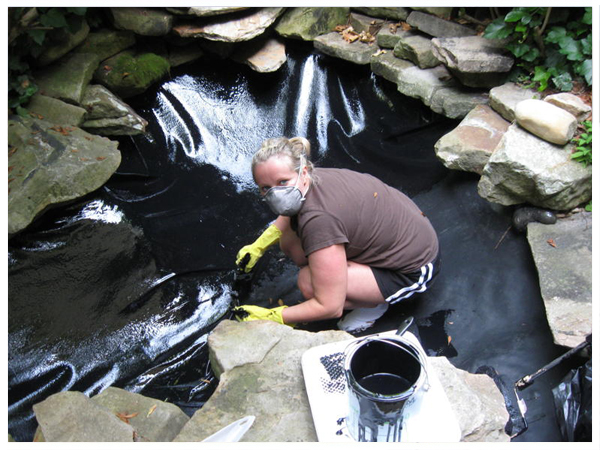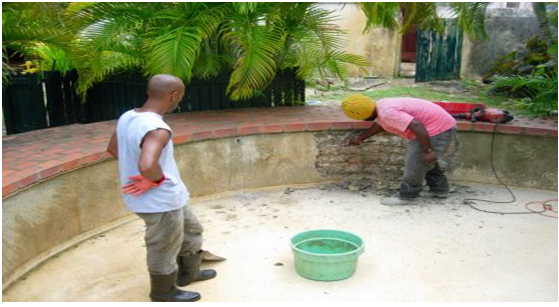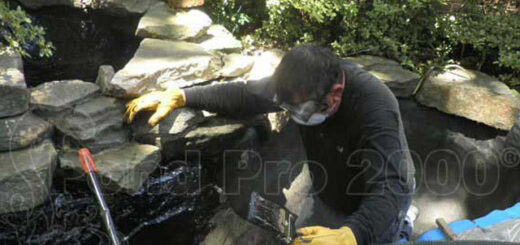Tips for Building a Habitat in Your Backyard
Building a habitat in your backyard for fish, water plants and other types of wildlife can be a rewarding or a frustrating experience. The main source of frustration is a lack of information. You might think that all you need to do is build fish ponds, fill it with water and add some fish. That’s not all there is to it.
Constructing the fish pond correctly is the first step. There are several products in the market that you can use to seal leaks of your pond. Sealing leaks of your fish pond is very necessary, EPDM liners and EPDM pond liners are available in the market to seal your fish pond leaks. The correct way to construct the fish pond depends on whether you want an aquatic garden with goldfish or a koi pond. Koi require larger fish ponds because they will get large even in a small pond. A goldfish and aquatic garden pond can be smaller.
Once the Fish pond is constructed, and you have done with pond liner then you can add the water. Practically all municipally supplied tap water is chlorinated. You will need to add a de-chlorinator to remove the chemical. One of your goals is to encourage bacteria growth.
Bacteria, algae and other microbes make up the lowest level of a food chain in an aquatic environment. You will add packaged bacteria on a regular basis to ensure the environment remains healthy.
Plants should be added as soon as the de-chlorinator has taken effect. Test strips are available to test for the chemical. The directions on the de-chlorinator will also help you determine how long to wait before adding packaged bacteria and plants. Chlorine might not kill the plants but it will damage them.
Taller growing plants are recommended for the edge of the pond. Large leaf plants such as water lilies are used to provide shade for the fish on hot days and also because they are pretty.
Plants help to inhibit excessive algae growth, which has a negative effect on the pond’s appearance and causes other problems. The sooner you introduce your plants, the less likely you are to have algae problems.
In addition to water lilies, you may also choose bacopa, water hyacinth or parrot’s feather. If the pond is in full sun, 66% of the surface area can be covered by leafy plants. If the pond is shaded by trees or buildings, then fewer of the large leaf plants are necessary.
Once you have the plants in place, then you are ready to add the fish. Add only a few fish at a time over the course of several weeks. Learn about the natural behavior of the fish you choose and never overstock your pond.
If your pond is large enough, you can also introduce frogs and turtles to create a complete backyard aquatic habitat. It takes a little work but ponds are actually a lot of fun.






